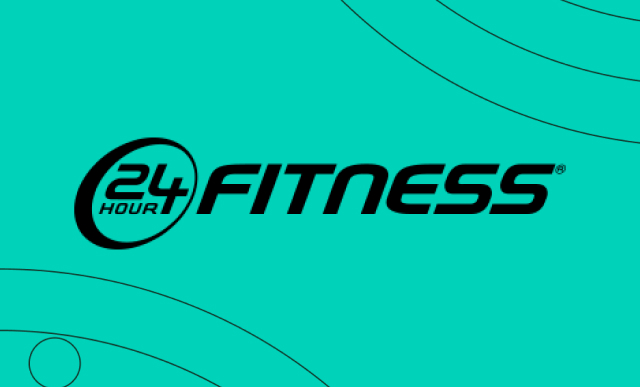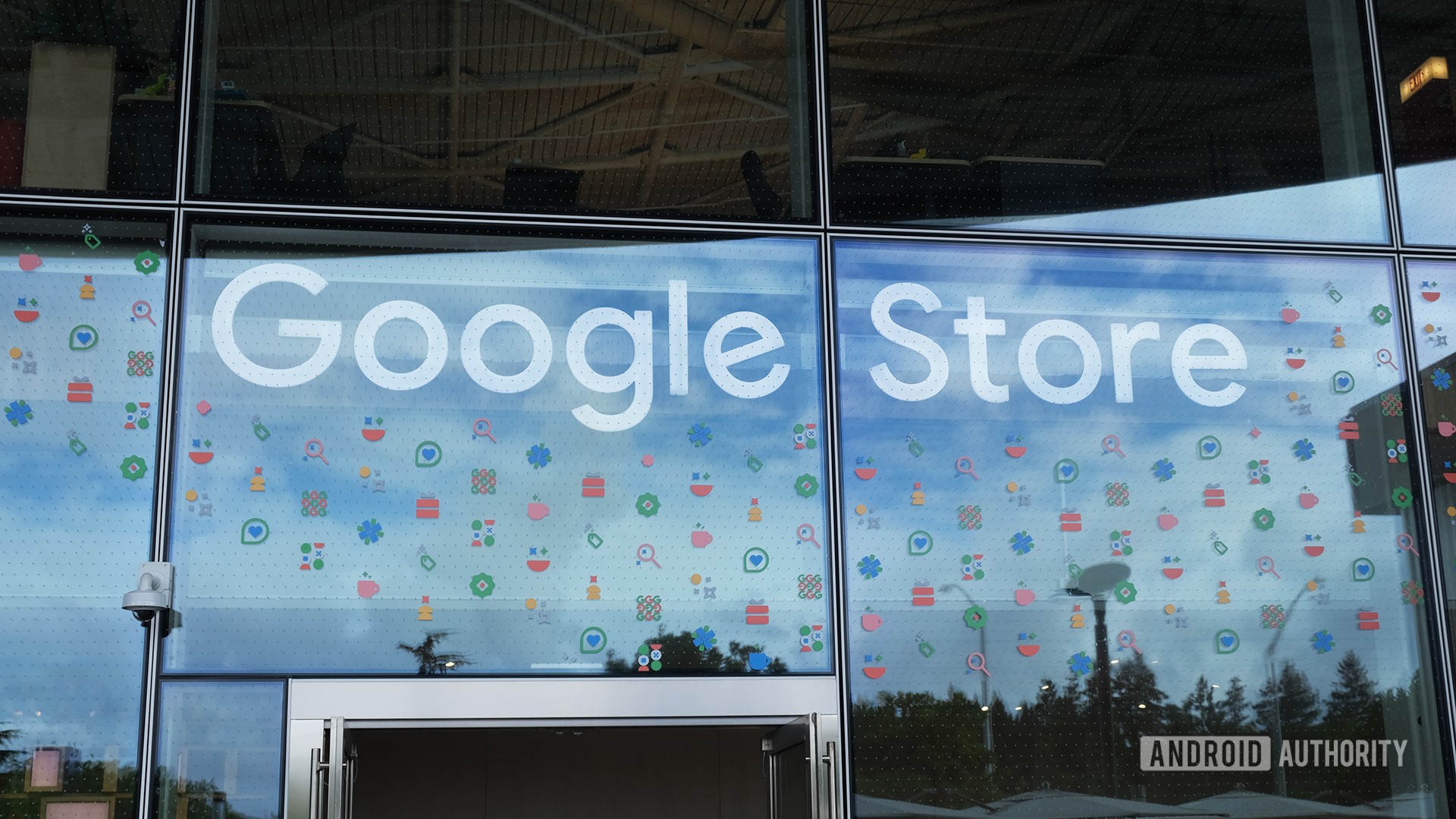When your ERP hits end-of-life, you can either double down on what you’ve got — or rethink how billing fits into your growth strategy.
That’s the decision 24 Hour Fitness faced in 2016. At the time, the company was billing millions of members on an aging, highly customized, on-prem Oracle EBS platform. Maintenance was minimal, upgrades were costly, and agility was limited. But making a change wasn’t an obvious choice — especially not for Katie Healon, who helped manage that system from the IT side.
“I was one of the objectors,” said Katie, now VP Treasurer. “I was perfectly happy to just upgrade — stay on Oracle and upgrade. I’m sort of a ‘devil you know’ kind of girl.”
But Oracle was nearing end-of-life. The company had already gone through “two or three rounds of trying to convince everybody” that it was time to move on. Katie said the real shift happened when the risk became unavoidable.
“At some point, those old ERPs end-of-life — and then you’re at real true risk,” Katie said. “So that’s where we were getting to, and we had no choice.”
From legacy ERP to daily billing
The biggest change, Katie said, came in how the company billed its customers. Before Zuora, 24 Hour Fitness could only bill on six fixed days of the month. The rigidity created headaches across the sales and billing process.
“We were really locked in and rigorous,” she said. “So we billed people only six days out of the month — the 1st, 5th, 10th, 15th… It created a lot of complexity in our sales process. We had something called prorated dues.”
Switching to Zuora unlocked a much more modern approach: daily billing. That change alone transformed how the business operated.
“The very first and most substantial benefit we got was billing daily — and being able to have a system that could handle that without adding a ton of operational support,” Katie said. “Just having processes run smoothly every day, no matter what. That was a big game changer for us.”
Katie believes 24 Hour Fitness may still be one of the few fitness companies billing this way.
“Most that I am aware of still bill on certain days of the month or the week,” she said. “And I think operationally, this just makes way more sense.”
Making the move: An internal shift
At the time of evaluation, Katie and her IT colleagues were split. She was managing Oracle, while another IT leader — Rajeev Yeddanapudi, who led architecture and web systems — pushed for a SaaS solution.
“He was really the driver,” she said. “He’s brilliant. He has a really good way of figuring out how to convince people how we need to continue to evolve with the current technologies.”
Once the decision was made, the company didn’t just replace billing — it overhauled its entire stack.
“Almost every system we had in 2015 no longer exists today in the form it was in then,” Katie said. “We changed payment processors, rewrote all the front-end systems, brought in Microsoft CRM… everything changed.”
From surviving to strategizing
Shortly after going live on Zuora, the COVID-19 pandemic hit. Like many businesses, 24 Hour Fitness spent the next two years focused on survival.
“We were literally just ramping up Zuora when everything happened,” Katie said. “We hadn’t even fully gotten through migration of our old data… and then all hell broke loose.”
They had to pause billing, resume it, pause again — but only in certain markets, and then resume selectively. “It was chaos,” Katie recalled.
Only recently has the company been able to turn its focus to strategic use of the platform.
“It’s probably only in the last 24 months that we’ve been able to start to really think through the capabilities of Zuora,” Katie said. “What it could do to grow the business or be a game changer.”
Laying the foundation for growth
One of the most impactful changes has been the introduction of an annual auto-renewal membership — something their old systems couldn’t easily support.
“We centralize everything. Everything runs directly through Zuora,” Katie said. “The billing and creation of payments just work — it runs seamlessly every single day. The platform has enabled us to do things we probably wouldn’t have even considered on the old system. The biggest example is the introduction of our annual auto-renewal membership.”
This product, launched in 2021, gave 24 Hour Fitness a new way to serve long-term members — and explore a model not typically offered in the fitness industry.
“That’s been pretty successful,” Katie said.
Billing flexibility has also sparked internal conversations about additional product models — biweekly billing or every-28-days billing, for instance.
“Even just being able to think through those different types of product ideas and not feeling like your billing system is going to be the roadblock — that’s a big benefit,” Katie said.
Advice to other CIOs: Don’t just buy software
For Katie, the Zuora journey hasn’t only been about technology. It’s been about partnership.
“When I go to select software, I’m really not selecting software. I am buying a relationship,” she said. “It’s about finding a company that’s going to partner with you and be lockstep with you.”
That partnership was “the biggest driver of the success of the relationship” especially during 24 Hour Fitness’s more turbulent years. From the executive team to their account manager, Katie said she felt supported — even when the company was in survival mode.
Rethinking the role of billing
Today, 24 Hour Fitness is focused on what’s next: fully leveraging Zephr, a new product catalog and experience engine from Zuora designed to help companies experiment with pricing, offers, and packaging in real time.
The rollout is already complete across every club. But for Katie, that’s just the beginning.
“We’re not fully utilizing the capabilities yet,” she said. “You gotta first crawl and then walk and then run. Over the next 12 to 18 months, being able to actually leverage that tool is going to be this key strategy for us, for sure.”
For a company that once billed on six rigid dates each month, the journey from legacy ERP to flexible, customer-centric systems has been anything but incremental. It’s been a foundation for resilience — and a platform for future growth.











